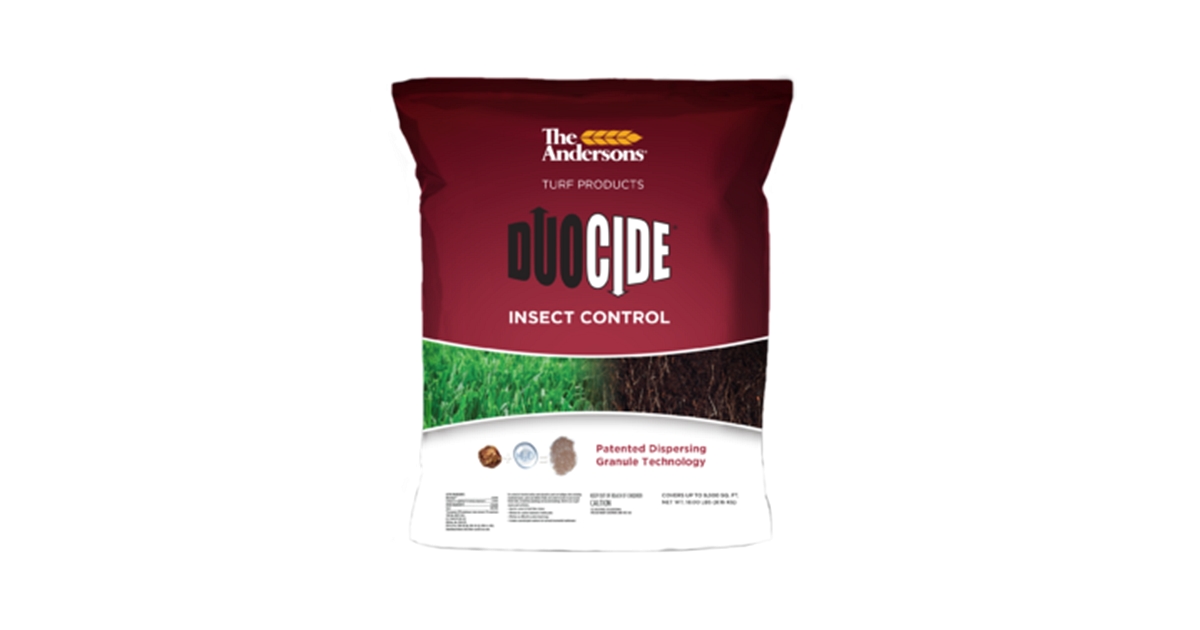Hi,
I am a new homeowner and am struggling with the bermuda grass in a section of my front lawn. In Spring of 2023, my lawn looked like this:
![Image]()
As of September 2024, it now looks like this (different angles of the same troubled area)
![Image]()
![Image]()
![Image]()
![Image]()
![Image]()
![Image]()
I had a soil test done for the thinning/dying area and here are the results:
![Image]()
I have been following the instructions of the soil test but not sure if it is working.
The home does not have a working irrigation system so I water the lawn every other day. I am also going to have the crepe myrtle in the picture pruned this winter so that I can maximize the amount of sunlight (it gets about 6 hours).
Any idea what is the cause of the grass thinning/dying in that particular area? Should I start from scratch and use bermuda seed/sod for the troubled area? I have read that you should not overseed bermuda as it will thrive once the soil conditions are favorable but wanted your expert advice. Thanks in advance.
I am a new homeowner and am struggling with the bermuda grass in a section of my front lawn. In Spring of 2023, my lawn looked like this:
As of September 2024, it now looks like this (different angles of the same troubled area)
I had a soil test done for the thinning/dying area and here are the results:
I have been following the instructions of the soil test but not sure if it is working.
The home does not have a working irrigation system so I water the lawn every other day. I am also going to have the crepe myrtle in the picture pruned this winter so that I can maximize the amount of sunlight (it gets about 6 hours).
Any idea what is the cause of the grass thinning/dying in that particular area? Should I start from scratch and use bermuda seed/sod for the troubled area? I have read that you should not overseed bermuda as it will thrive once the soil conditions are favorable but wanted your expert advice. Thanks in advance.












